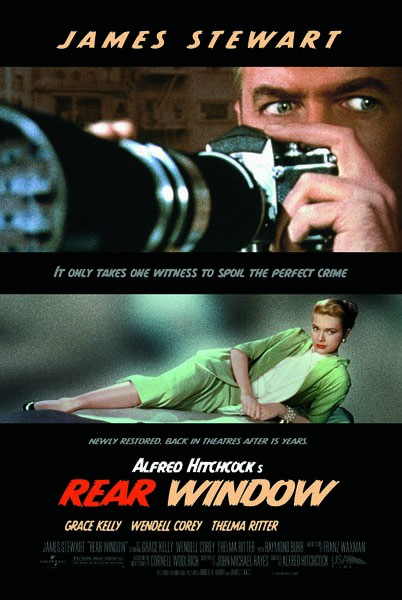
Every time I watch a Noir film such as Kiss Kiss Bang Bang or Out Of The Past I find myself wondering just what it is about these films that make them so entertaining. I have to admit that in watching most films from the 60's or before I find myself very bored and wishing that I was not wasting hours of my life. So what exactly is it about Film Noir that makes it such an amazing period of film?
I found myself wondering if it was the technical aspects of film Noir that interested me. And without out doubt many noir films photography is indeed very intriguing. I think I could get many hours of enjoyment watching a movie such as Out of the Past and dissecting it scene by scene trying to figure out exactly how each shot was done. The lighting and camera work for many Noir films is amazing. But then again there are quite a few B Noir films such as Detour where basically all of the moves are routine and most of the lighting is done in the simplest way possible. Plus in comparison to todays movies the technical aspects of even the best Noir are not that special.
I would have to say that I believe that the main reason why people love the Noir period was the overwhelming style change in Noir movies as compared to so many others. Never before, nor afterwards has the style thats exhibited in Noir movies been anywhere remotely as prominent as it was during this period. The differences in plot create a very different type of story.

Consider Out of the Past as just one example. Out of the Past is a story about a detective who gets him self mixed up with a girl whom is wanted by his employer. He is later attempted to be tricked by him employer in an effort to get him back. What I found so interesting about the plot of this movie is that the main character Jeff Bailey (Robert Mitchum) remains on top for basically the entirety of film except the end of the movie. What I mean by this is that he always seems one step ahead of everyone else. When he goes to find the girl Kathie Moffat (Jane Greer) he finds her before she even knows she is being tracked and then manages to trick his boss, Whit Sterling (Kirk Douglas) into thinking that he didn't find her. He is then later on is brought back to his boss again who tries to trick him by setting him up for a murder he did not do. However, Jack immediately sees threw this and soon regains the upper hand eventually bringing Sterling down. The ending is the only part where we really get a sense that Jack has run out of luck because he is finally put into a position where he has no way out.
This sort of story where the “good guy” has the upper hand through out the film until the very end is basically the opposite of most films today. when watching a good crime or action film today, like the borne identity for example, you get the feeling that the main character is always in a desperate situation until the very end. They always narrowly escape time and time again before finally getting free at the end. To me its very interesting and almost makes me happy to see, in Noir, a character that appears to be on top of the world for the good portion of the move.







